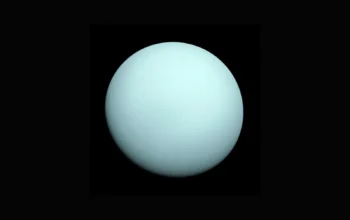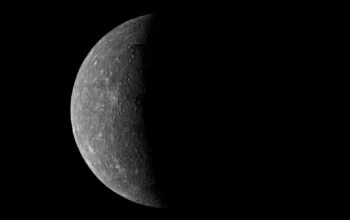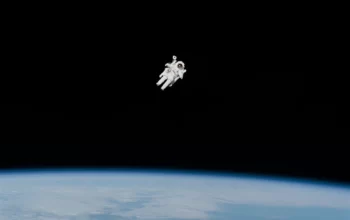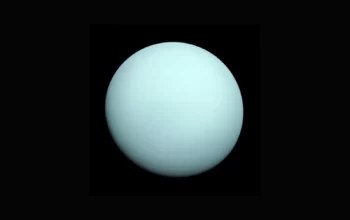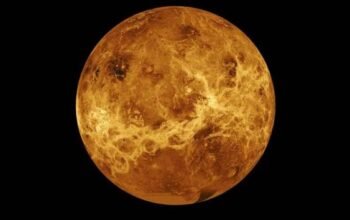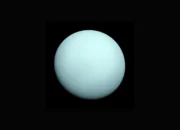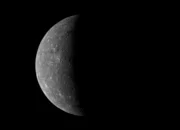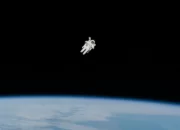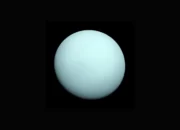middleportal.com – Have you ever wondered how the planets gracefully move in perfect circles around the Sun? It’s a mesmerizing dance that has captivated scientists and stargazers alike for centuries. The answer lies in the powerful force of gravity.
Gravity, as we know, is the force that attracts objects towards each other. In the case of the planets, it is the gravitational pull of the Sun that keeps them in their orbits. But how does gravity cause the planets to move in a circle?
Picture this: imagine a game of tug-of-war between the inertia of the planets and the gravitational force of the Sun. On one side, you have the planets, moving forward in a straight line due to their inertia – the tendency of objects to resist changes in motion. On the other side, you have the Sun, exerting its immense gravitational force, pulling everything towards its center of mass.
These two opposing forces create an unbalanced situation. The planets are being pulled towards the Sun, but their inertia is urging them to continue moving in a straight line. This tug-of-war results in the planets being pulled in two directions at once.
Now, here comes the fascinating part. Because the gravitational force weakens with distance, the pull on the planets is stronger when they are closer to the Sun. This causes the planets to accelerate towards the Sun, changing their direction. However, as they move closer, their velocity increases, and they start to veer away from the Sun due to their inertia.
The combination of the gravitational force and the planets’ inertia creates a circular motion. The planets are constantly being pulled towards the Sun, causing them to curve their path. At the same time, their inertia keeps them moving forward, preventing them from falling into the Sun.
It’s like a cosmic dance, where gravity and inertia are the partners. Gravity pulls the planets inward, while inertia keeps them moving forward. This delicate balance results in the planets orbiting the Sun in beautiful elliptical paths, which appear as circles to our eyes.
It is important to note that the circular orbits are not perfect circles. They are slightly elliptical, with the Sun at one of the foci of the ellipse. This means that the distance between the Sun and the planets varies slightly as they move along their orbits.
So, the next time you gaze up at the night sky and marvel at the planets, remember the intricate interplay between gravity and inertia that keeps them in their celestial dance. It is a testament to the remarkable laws of nature that govern our universe.
